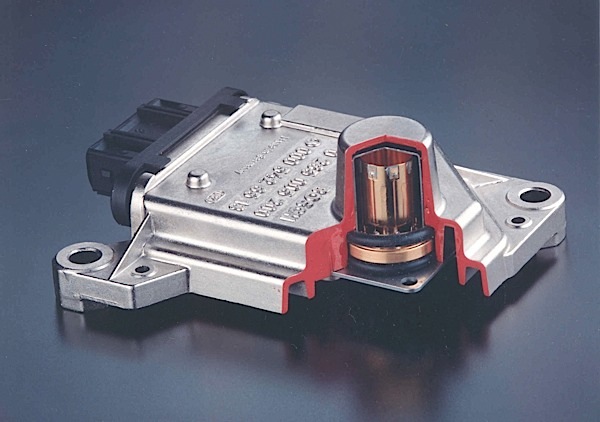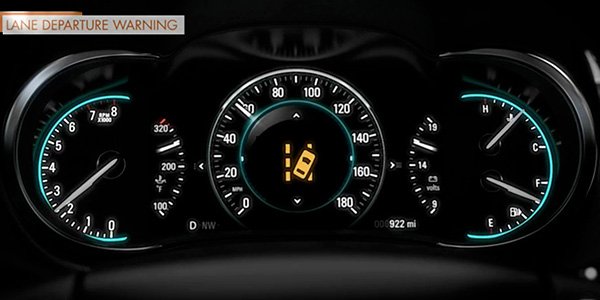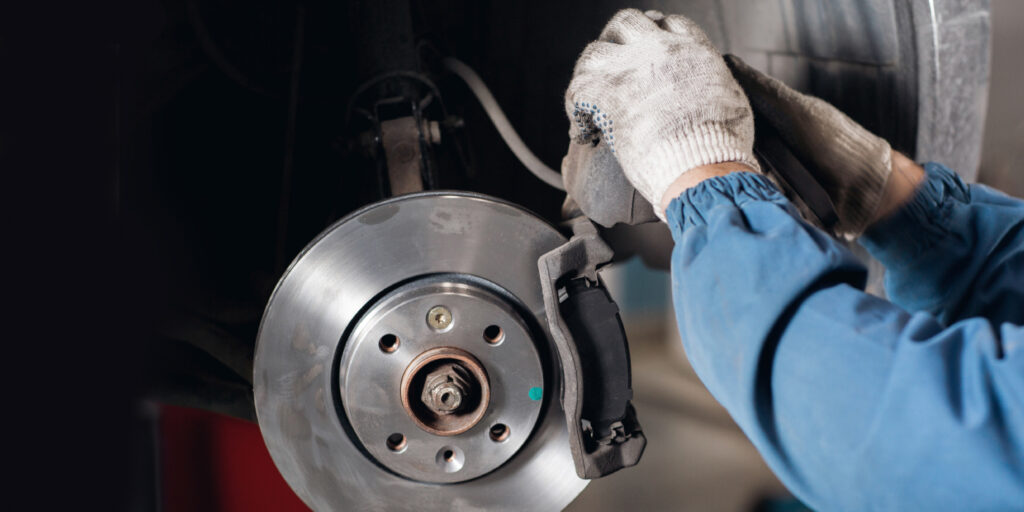
Charging More for Brake Jobs
Here’s why charging more for brake jobs keeps customers coming back.
Why is everyone chasing the cheapest brake service? It often seems that new-car dealers, chains and independent shops are locked in a race to the bottom when it comes to brake service.
Some shops see brake jobs as the bottomless breadsticks or happy hour specials that get people in the door so that they spend money on entrees. The difference is a consumer has never needed to use an appetizer to keep their family safe.
Toe Angles and Tie Rods
It is critical to remember that toe is not always zero or straight ahead.

ADAS Module Programming
Reflashing and reprogramming is a necessary service for repairing vehicles.

Buick Encore Alignment Service
Alignments are key to the health of the tires and some of the advanced safety systems like automatic emergency braking and lane keeping.

Live Axle Wheel Bearing Service
Replacing rear wheel bearings on a live axle rear suspension requires a few extra steps when compared to a unitized bearing.

Other Posts
ADAS False Activation Evolution
The logic behind most ADAS warnings or corrections is to examine the plausibility of the situation.

Understanding ADAS: Blindspot Detection Systems
With the right tools and service information, it is possible to resolve a customer’s complaint.

Tapered Wheel Bearings
Here’s what you should know as a technician when servicing tapered wheel bearings.

Understanding Passive Wheel Speed Sensor Operation
Passive types of wheel speed sensors are still used in many applications so understanding their operation is important.






